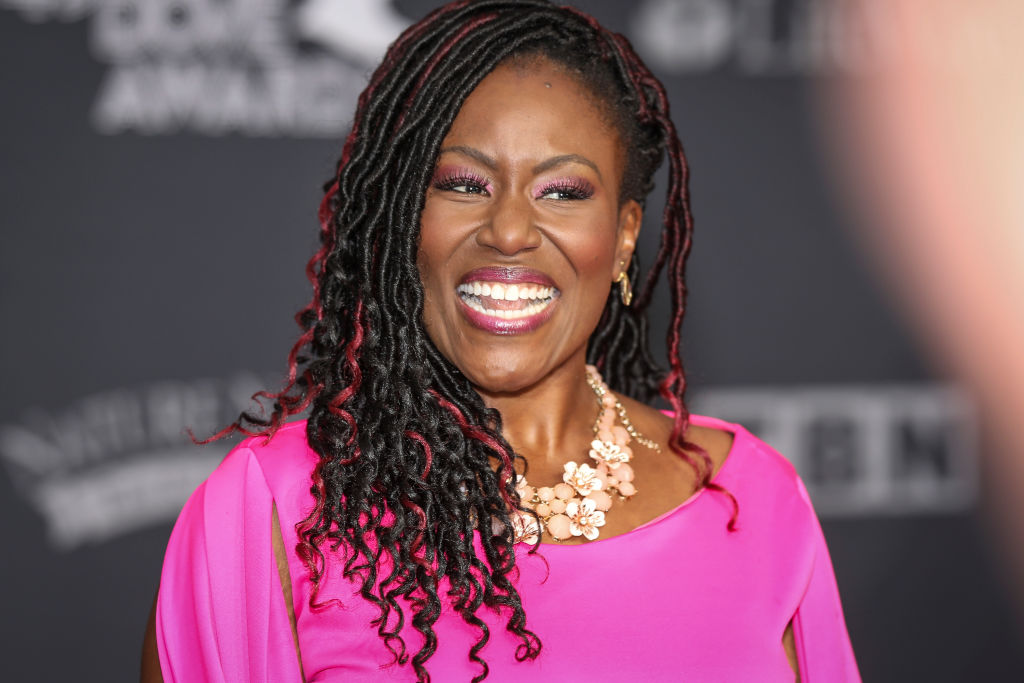After 30 years of the HIV pandemic, one might think that terms such as “community collaboration” and “community participation” would be commonplace among those fighting the disease. But in many communities across the country, this is not the case. In fact, the clock seems to be rolling back to the early days, when the opinions and actions of a small minority marginalized the voices of those who were most impacted by the global pandemic.
Make no mistake: many people are indeed living longer with HIV disease as a result of improved treatments. But with all of the dynamic shifts in HIV treatment, prevention, and policy, it is especially disheartening — and, we would say, dangerous — that women, black gay men, people of color, heterosexual men, transgender individuals and, most notably, Black organizations still must fight to be heard by the decision makers who develop, implement, and allocate funding for HIV-related policies and programs.
theGrio slideshow: 30 years of HIV/AIDS in black America
We all know the statistics from the Centers for Disease Control. Blacks represent approximately 14 percent of the US population, but accounted for an estimated 44 percent of new HIV infections in 2009. Over the same period, the rate of new HIV infections among black women was 15 times that of White women, and over 3 times the rate of Hispanic/Latina women. At some point in their lives, approximately 1 in 16 black men will be diagnosed with HIV infection, many of whom will be black gay men, as will 1 in 32 Black women.
Furthermore, Latinos represented 16 percent of the population but accounted for 20 percent of new HIV infections in 2009. In 2009, the estimated rate of new HIV infections among Latinos was 2.5 times that for White men; for Latinas, the rate was 4.5 times that for white women.
Black transgender women are more likely to become newly infected with HIV and studies have shown that infection rates for transgender women of all races range from 11.8 percent to 27.7 percent.
Given these statistics, why are there not more blacks, Latinos, or transgender individuals involved in decision-making processes about HIV-related policies and programs? Does it even matter? We contend that the answer is a resounding ‘yes!’
When the Philadelphia Health Department recently decided to cut much of its HIV/AIDS prevention programs, organizations serving people of color were hardest hit. As a letter to the Philadelphia Health Commissioner sent by the Black Gay Men’s Leadership Council indicated, the decision failed to appreciate the cultural capital that community-based organizations bring to the health milieu in order to create change. Had people from those communities been at the table, perhaps a different decision might have been reached — especially one without negative repercussions for those most affected.
There are, perhaps, many reasons why this marginalization occurs, but the primary question remains “where are our voices?” If we, decision makers, communities members, elected/appointed officials, organizations, individuals and communities are ever going to end this disease we must revisit the issues of representation, inclusion and parity among decision makers. We must answer the question, “who is not at the table, and if they are at the table are their voices being heard and experiences being honored.”
However, we can’t arrive at the table empty-handed. The National Black Leadership Commission on AIDS (NBLCA), a partnership of more than 25 national and local organizations, recommends the following as part of a comprehensive strategy for reducing the transmission of HIV/AIDS: expanding the availability of HIV testing; implementing a national media outreach campaign focusing on people of color; directing HIV prevention and testing activities to those at highest risk; providing adequate funding, technical assistance, capacity building, and infrastructure development to black and other minority-led organizations; prioritizing effective and evidence-based programs and interventions; and combining prevention approaches.
As we commemorate National Black HIV/AIDS Day on February 7th, we should remember that any significant, long-lasting progress that will be made towards stemming the impact of this disease is intricately tied to our ability to have seats at the decision-making table.
http://www.thegrio.com/health/black-america-and-the-fight-against-hiv-aids.php
Article Courtesy of The Grio
















